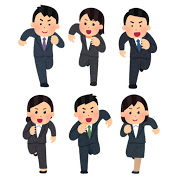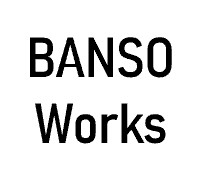Japan is really a country of bottom-up culture?

The opposite of top-down culture is called bottom-up. Top-down means that the superiors die of decision-making and follow orders to the inferior to carry out their duties. Bottom-up means that the opinions of lower-ranking employees are reflected in management, and the higher-ranking employees take in those opinions and carry out their business.

Is Japan a bottom-up culture? Or top-down culture?
For a while, Japan was said to be a rare bottom-up culture in the world. However, when I asked a lot of employees from the field perspective, the answer was that it was top-down.
The background to the bottom-up culture seems to be the Japanese approval system" Ringi 稟議". Basically, when planning a project, Japan has a culture in which a lower-ranking person submits a document outlining the outline to the higher-ranking person.
The superior will also circulate the document to the superior and push the stamp of approval. Recently, this has been digitized.
Perhaps this culture looked like a bottom-up culture globally. However, the Japanese people inside do not feel that it is a bottom-up culture. Why?
The reason why Japan is top-down
Many Japanese say that, in terms of procedure, they only offer to the top in the approval system, and the plan itself is decided by the top, and the bottom can never overturn it. It is a reality.
So why is Japan still implementing this approval system?
One is the idea of diffusion of responsibility. Many Japanese are risk-averse people, and few risk enthusiasts. When one person decides the matter and goes top-down, the responsibility is concentrated on that person. I want to avoid this both myself and others. Therefore, it is probably the best way for Japanese people to show their decision-making.

What are the advantages and disadvantages of this Japanese version of the top-down?
The merit is that it gives employees a sense of participation in management. You can make any project recognize that you are involved in the project you planned.
However, the disadvantage is that the lower-ranking employees find that they do not have the final decision-making power, and on the contrary, their motivation goes down.
A wise employee may find that it is just a decision-making ritual.
And the biggest disadvantage is that it takes time. It is often said that Japanese decision-making is slow in the Japanese version of top-down based on this approval system.
However, this is mainly about large Japanese companies. Even in Japan, there will be startups and young companies that have a sense of speed in which the opinions of the field are decided as they are.



